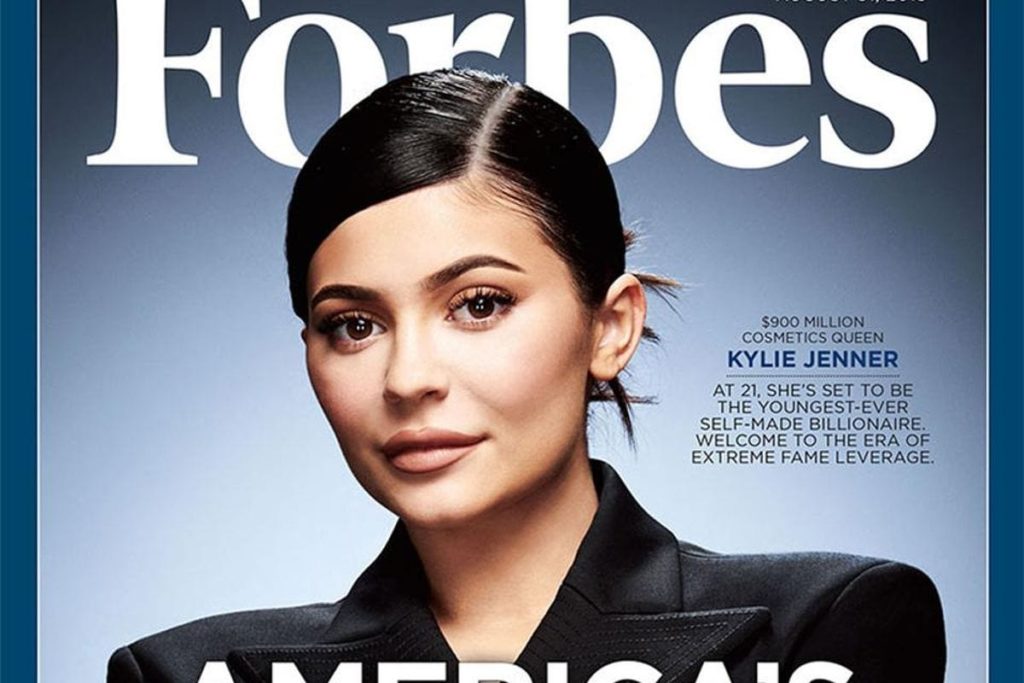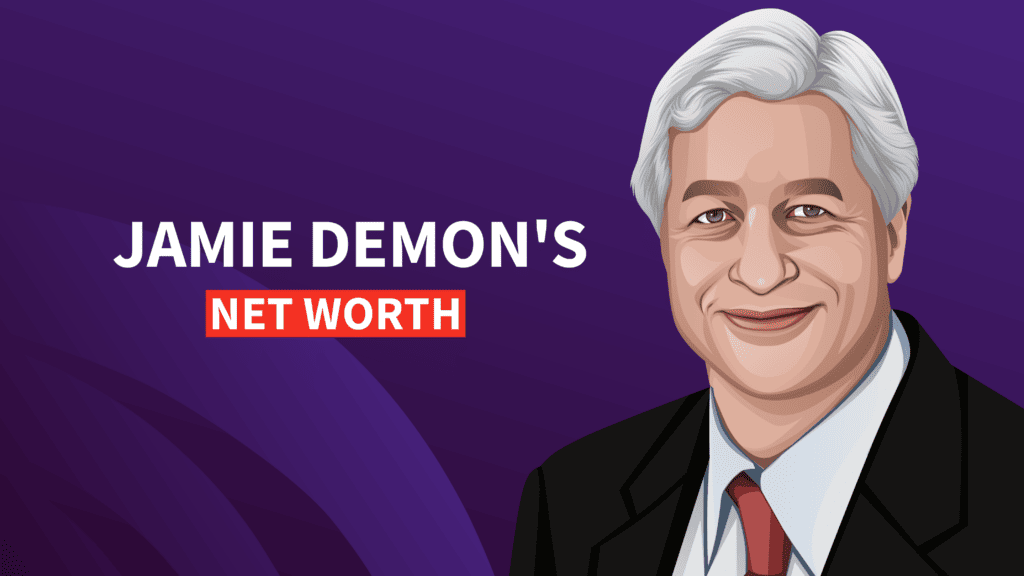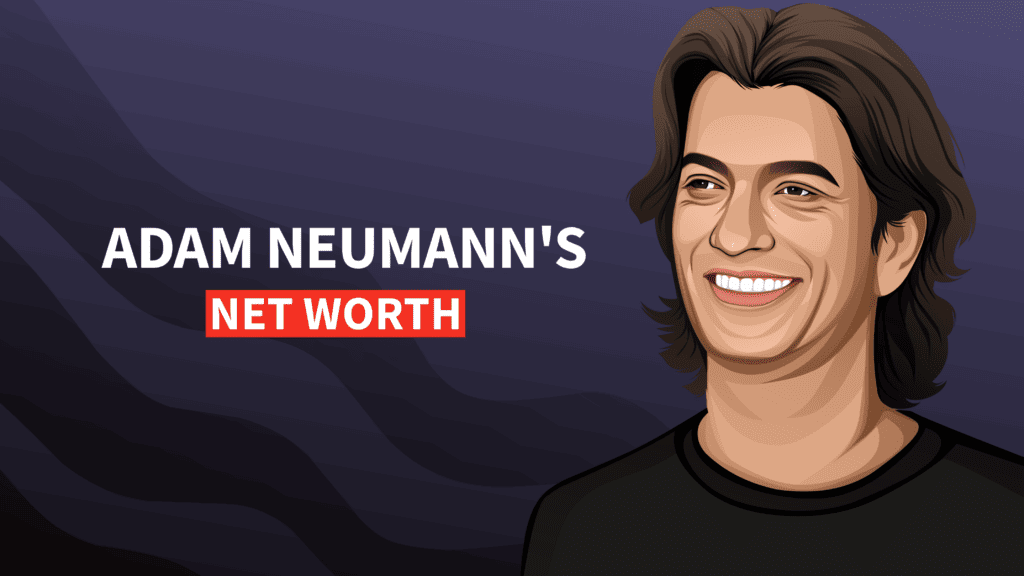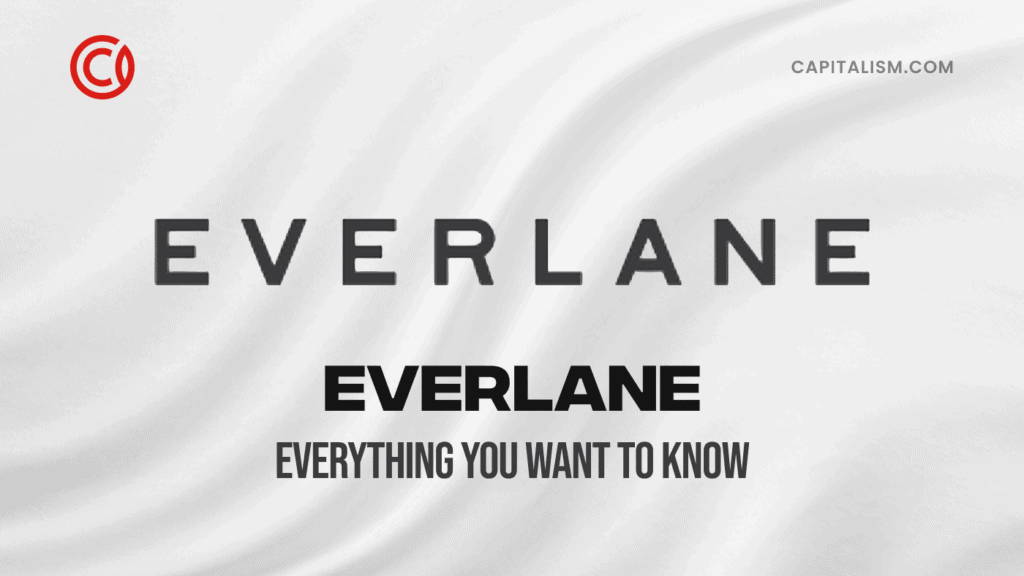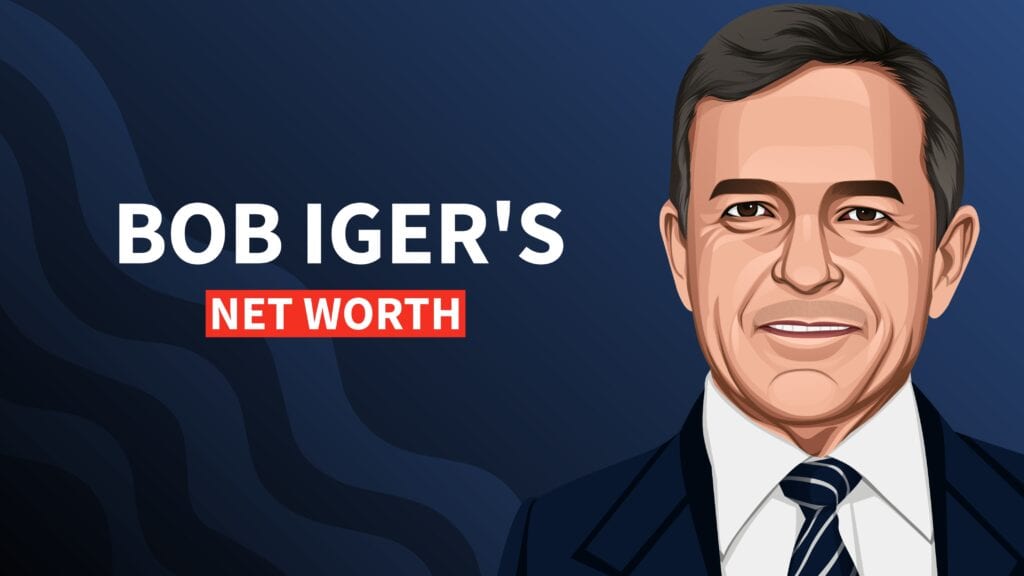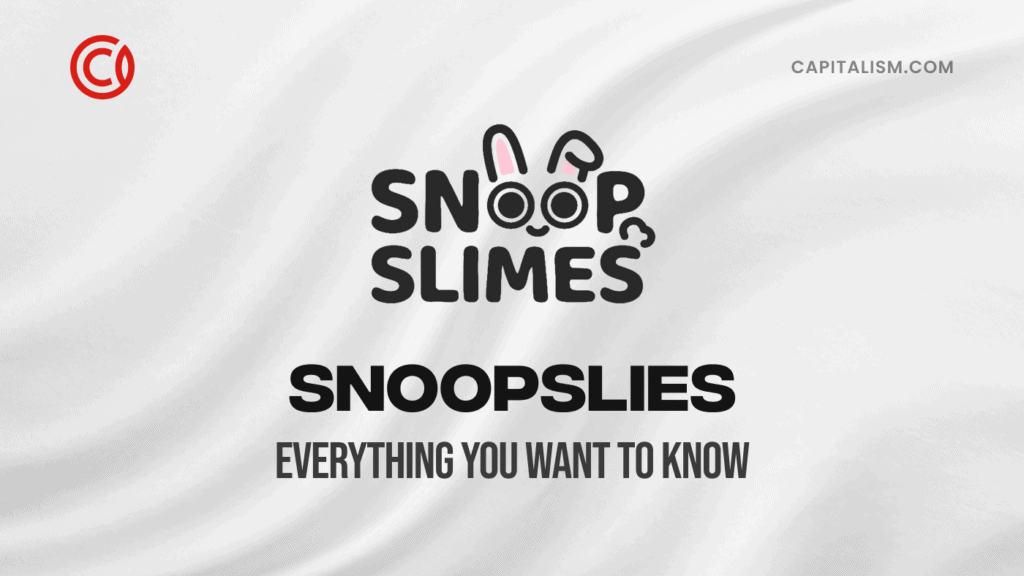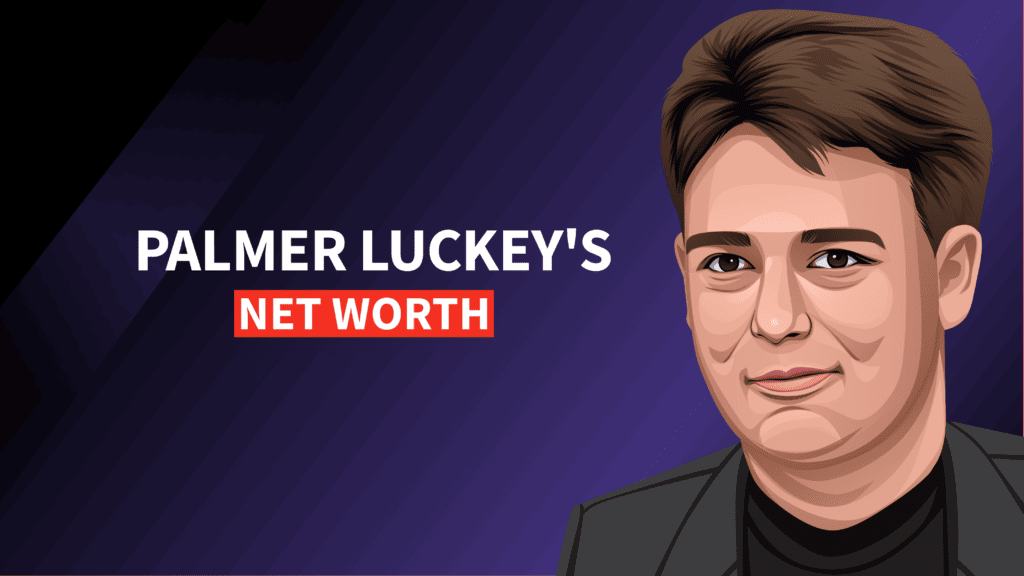This podcast comes from a clip from an 8-figure exits lecture/discussion Ryan gave in his home. Within it, Ryan talks about Kylie Jenner, who recently became the youngest self-made billionaire in history. (In May 2020, Forbes retracted their cover-featured article proclaiming her a billionaire. You can read about her net worth and more here.) It’s not because of sponsorship deals. She became the world’s youngest self-made (almost) billionaire because she has an audience and a physical product brand, and when you bring those two together, magic happens!
So, Kylie Jenner is the youngest self-made (almost) billionaire in history. Why? What’s her product line? A cosmetic line, right? A cosmetic line that did $350 million in sales last year. What do they specialize in? A lip kit. Is there no one else who could have developed and promoted a lip kit? Is Kylie Jenner’s lip kit really the best lip kit? When Ryan talks to people about it, he finds that they like the lip kit, that it’s nice, but they can’t exactly proclaim why Kylie’s lip kit is better than any/all the other lip kits out there. So what?
The answer to that question is the essence of this podcast. How did Kylie get $350 million dollars in sales last year for her cosmetics line? Audience. Kylie is the distribution play, and her audience comes in and lights it on fire just like that.
Identifying Your Audience
Now, let’s take a step back for a second and remember: Kylie’s audience is a group of people who want to be a certain way. And Kylie represents who they want to be like. Kylie is popular on social media, popular on physical appearances, posh, rich, and young. Kylie is an ideal representation of who these girls want to be, what they want to be like. And since she also has the distribution to that audience, it’s simply a matter of plugging in the right product that will allow Kylie to be the hero of her audience’s story.
Kylie could, theoretically, launch any type of product to that audience. If you have goals of being a billionaire, you need to go and get that audience. You either build it or buy it.
And--by the way-- this is not even the first time a Jenner or a Kardashian got rich building a physical product brand. Ten years ago, Kim Kardashian and (friend of the show) Brian Lee created Shoe Dazzle and it was Kim’s audience that launched Shoe Dazzle into its multi-million dollar success. Specifically, it was the fact that they marketed Shoe Dazzle to people who wanted to be like Kim since that was her audience.
This is why you as an entrepreneur go through all of the hard, time-consuming work to identify your “ideal core person” (in terms of demography and psychography). Then (and only then) can you go out and build the audience.
Building Your Audience
When building the audience, you can either bootstrap it yourself and grind it out alone, or you can network and build relationships with people who already have that audience in one place (under their control and easily manageable). It doesn’t matter how; you just need to build the audience. Once you do, the process just works and builds on itself.
One reason why so many Amazon sellers get so stuck is because the only thing in their control tends to be little tweaks in the sales process, and the only thing they can go through that is to launch additional products. And what’s the result? Increased competition. Everyone’s trying to play the same game rather than going out and actually building a business with an ideal market and core group of customers in mind. Because if you do that and you communicate with your audience in a way that you can get them to buy into what you’re doing….Then you’ve got 3-5 products put through the same sales system and bam! You’ve got million dollar business in 3 months! No problem! All without begging for reviews. And no need to differentiate yourself on the sales channel anymore.
What does Ryan mean by “differentiating on the sales channel”? When you differentiate on your sales channel, you no longer need to worry about being “different” than the listing above or below you in the keyword rankings. You don’t need to stress about the everyday changes in your organic or PPC results. Because your listing is different when the customer clicks on it. Your listing is unique and sets itself apart. Don’t make decisions based on the day-to-day metrics from the Amazon platform. Make your decisions based on the core group, your ideal customer market demographic/psychographic. Decide based on the core group because you need to trust that your core group will distribute your message and product to the rest of the world.
Aligning Your Product With Your Audience’s Dreams
This is why Kylie Jenner is the world’s youngest billionaire. She identified her audience. She built that audience up to a critical mass. And she aligned the product with the dreams, the hopes of her audience as well as aligning the product with her brand image.
THAT’s the secret: you must trust your core audience to spread your truth. If you build an audience and then match that audience to a product that helps them to be more like the ideal version of themselves, then you will grow. Guaranteed.
Kylie controlled her whole audience, launched a product that was matched to the tastes and dreams of her audience, and now has a billion dollar business. It’s the missing piece that no one in this world focuses nearly enough attention on.

To Build or Not to Build (Your Audience Yourself)
And you can build it yourself--this is what most people do. But if you build it yourself, you need to go super micro. You need to find your raving insider 300-400 people to represent your brand. And that’s a grind (just like everything!). You’re calling ‘em, recruiting ‘em, putting ‘em on social media...ordering pizza for the VIP section for ‘em...you name it!
Or, you can pay for it. By paying instead of grinding, you save time and effort. When you pay for audience development, you (essentially) just go to the people who already do have and control an audience that you want to tap into and you build a relationship with them. By combining your system with their system, you generate more money for everyone.
Dialing in these three pieces (identify, build, and align your audience). That’s how you get a million dollars in sales (if you’re not already there). Once you’re past a million in sales, it’s time to scale. You optimize the things you’re doing well and scale up. The optimizing is kinda like building a mote around your business. You go from your 300-500 person audience to a 3,000-5,000 person audience; product lines go from 3-5 to 5-10. Only after optimizing what you’re actually doing and honing in on that process will you want to actually expand your product line.
Q: How do you approach influencers?
A: Go for the smallest "Yes" possible.
Think of it like approaching someone at a bar. You don’t want to come on too strong, but you want to be confident in your proposal. And you want to make it the easiest ask possible. Make it so that it’s tough for them to say no.
Really, if you think critically about it, influencers and product/salespeople are matches made in heaven. The whole world conspires for those two to work together, for these two people to focus on what they do best and find their complements so they don’t have to do the things that aren’t their genius. Influencers and product/sales people both want something that the other has: the person with the audience knows they’re good at this one thing (building and maintaining an audience). But, they also know that their skill of audience building is worth a lot less when they aren’t partnered with product or sales people. And product/salespeople generate waaaay more sales revenue when they are suitably matched with influencers that drive people to their product/service. Everyone makes more money when they’re focusing on their genius.
That’s why when Ryan starts a new relationship with an influencer, he tells them his expectations up front: Ryan expects the influencer to be “all-in on everything that they like doing.” Ryan asks the influencer to be sure to “serve their audience first and foremost” and only asks them to promote or talk about his product “when they want to!” Instead of setting some strict schedule of 3x weekly postings, Ryan would rather his influencers do the things they are brilliant at and Ryan and his team can do the things they’re brilliant at, and the end result will be a lot bigger as a result.
Alternatively, you can hire the person (paying them out of cash-flow) and keep all the equity. Your call.
A general approach would be: “I saw that you do _____ [this type of podcast, web show, journalism, etc] and like _____ [topic related to your product/service] and can I send you __________ [your product/service to promote]”. It’s always best to have an introduction. If you find a way in (and it may take a long time and round-about methods), it’s a long game. Relationships, in general, are a long-game, and these are no different.
Parting Words Of Wisdom
Don’t focus on just one platform. Don’t focus on churning through influencers to try to get the largest presence at any one given time. Think long-term. Cross-pollinate so if something happens to one of your accounts, you don’t lose your audience overnight.
And don’t get overly fixated on your audience. Just because you’re generating exponentially growing traffic doesn’t drive any money to the bottom line. You need to convert your audience to sales. Don’t be fooled by short-term spikes in sales--that’s no way to run a business. Keep thinking long-term and focus on your audience and on providing your audience with the product that helps you and your brand help them (your audience) to be the hero of their story. Do that, and you will succeed.
